For Immediate Release
March 28, 2019
Contact: Christine Dell’Amore
rueparadis@gmail.com
newsbriefaward@gmail.com
Winners Announced for Tenth Annual DCSWA Newsbrief Award
Washington, D.C.— A digital story about mischievous ravens and a video about the surprising qualities of soap have won the tenth annual D.C. Science Writers Association’s Newsbrief Awards.
Longform journalism often gets our accolades, but short pieces are the true workhorses of science communication. In the spirit of recognizing these unsung works of excellence, we have been offering the Newsbrief Awards since 2009. In 2015, we added a Multimedia category.
For the 2018 award, two separate panels of distinguished science writers judged more than 50 entries.
In the Writing category, Emily Conover won for her story “How ravens caused a LIGO data glitch” in Science News magazine. Judges were particularly impressed by Conover’s newsgathering skills, as she discovered this gem while covering a physics conference. “We loved her commitment to the poem as a framing device—simple but effective,” one judge said. Conover is also the first person to win a Newsbrief Award twice; she won in 2015 for her story “How to prevent a sheep traffic jam” in Science Magazine.
Conover is the physics reporter for Science News. She writes about black holes, subatomic particles, and why Einstein is still right after all these years. She earned her Ph.D. in physics from the University of Chicago, then transitioned from science to science writing through a AAAS Mass Media Fellowship at the Milwaukee Journal Sentinel and an internship at Science Magazine. Before joining Science News, she worked at the American Physical Society.
In the Multimedia category, Tien Nguyen earned top prize for her video “Surprising particle filters made from self-healing soap films” on Chemical & Engineering News. “We were impressed by the variety of video sources and voices incorporated into the piece,” said one judge.
Nguyen is an assistant editor for C&EN, a weekly news magazine published by the American Chemical Society. She has previously written stories and scripts for New Scientist, Princeton University, Scientific American, TED-Ed, and VICE News. She received her Ph.D. in chemistry at University of North Carolina at Chapel Hill.
An honorable mention in the Multimedia category went to Tina Hesman Saey and Helen Thompson for their Science News video “What is DNA recombination?” Thompson received an additional honorable mention for the video “How dandelion seeds fly.”
Hesman Saey’s DNA is everywhere. As the senior writer, molecular biology at Science News magazine, Tina got her DNA tested by eight different companies and analyzed by an additional five for a series on consumer genetic testing. She is a graduate of the Boston University science journalism program, holds a Ph.D. in molecular genetics from Washington University in St. Louis, and a bachelor of science with honors from the University of Nebraska-Lincoln, where she majored in biology. Tina covered biotechnology and medical science at the St. Louis Post-Dispatch prior to joining the Science News staff 11 years ago.
Thompson is associate digital editor at Science News, where she oversees content on the website and video production. She has written for numerous science publications including Smithsonian, NPR, National Geographic, and Nature. Thompson studied biology and English at Trinity University in San Antonio, and also received a master’s degree in science writing from Johns Hopkins University in Baltimore.
An award ceremony will take place on Saturday, April 13, during DCSWA’s annual Professional Development Day at the George Washington University Milken Institute School of Public Health in Washington, D.C. Each winning team will receive $300 and a trophy; those awarded honorable mentions will receive certificates.
DCSWA members were eligible to submit entries published between January 1 and December 31, 2018. The D.C. Science Writers Association is an organization of more than 500 science reporters, editors, authors, and public information officers based in the national capital area. Details on how to enter the 2019 Newsbrief Award will appear on the DCSWA website by the end of the year.
Photos of the winners are available upon request.
######

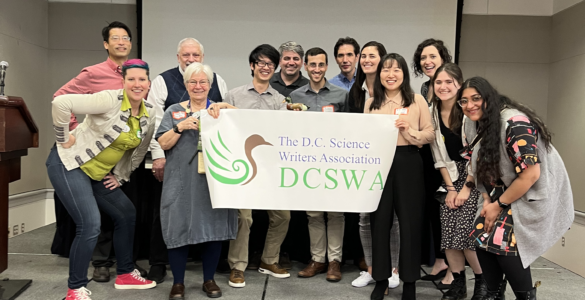
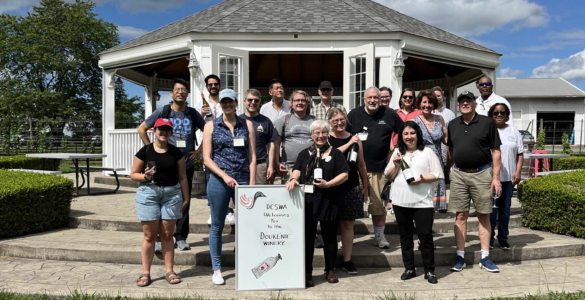
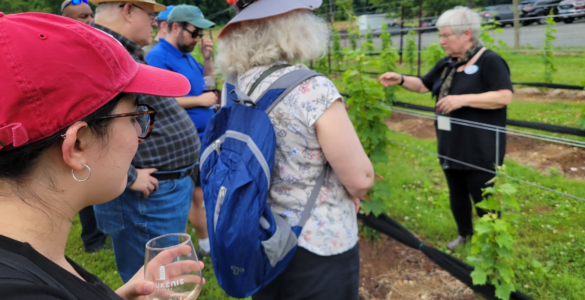
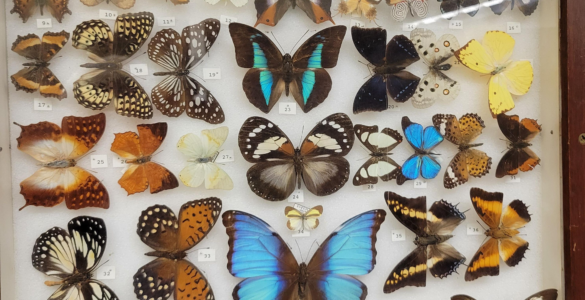
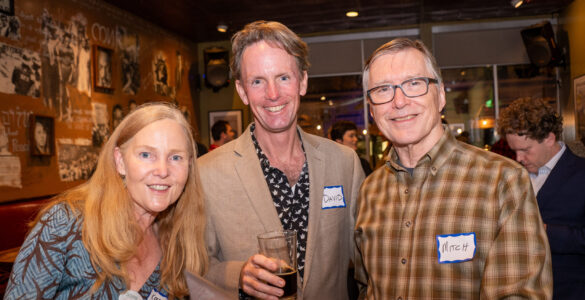

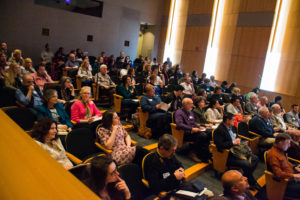 Thanks to the generosity of DCSWA members, DCSWA was able to provide scholarships to a team of early-career writers to document
Thanks to the generosity of DCSWA members, DCSWA was able to provide scholarships to a team of early-career writers to document